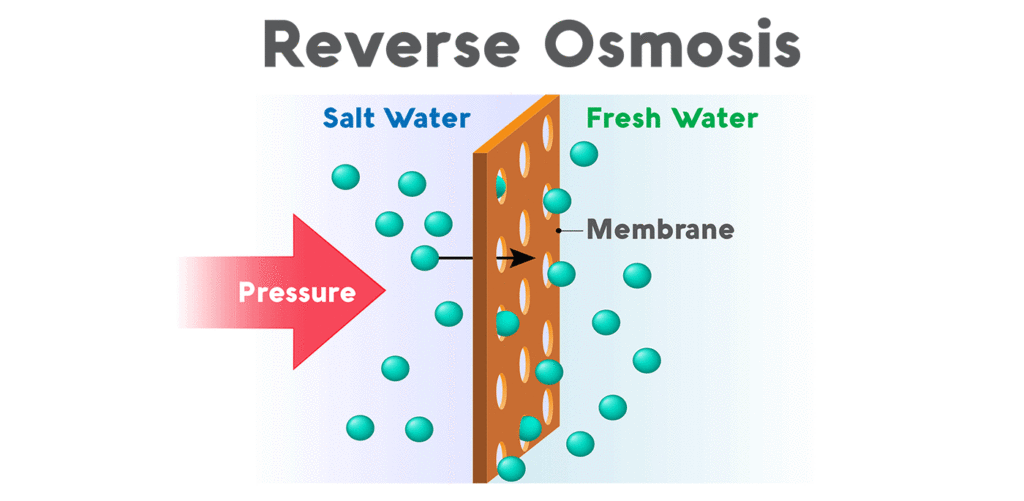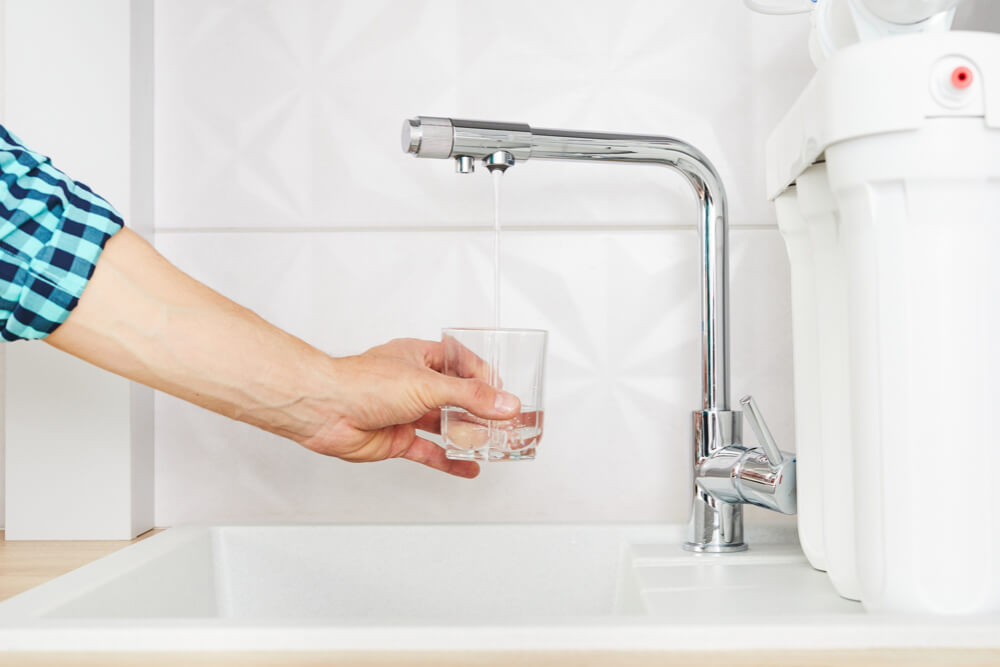Imagine going to your faucet to fill water bottles for the whole family to consume water, and you don’t even realize the number of contaminants present in it.
Did you know that approximately 63 million people have been getting tap water contaminated with lead in America in the last decade itself? Lead can prove to be very harmful, and you can filter it out of your water using Reverse Osmosis or Distillation.
In this article, we are going to go through everything in detail.
How to Filter Lead Out of Water?
Sixty-three million people living in America being exposed to lead is a huge number. This includes the exposure of lead through water and lead-based paint.
The US government takes all the necessary measures into account to ensure that the water quality improves, but the main reason behind the occurrence of lead is still a mystery.
However, we know that your water can get contaminated when it is on its way to the tap.
In 1996, lead-based plumbing got banned, but many of our homes still have those lead-based pipes that have not been replaced, turning them into a way for lead to get into your water.
For those who have a lead-free piping system, the chances are that lead may get dissolved in your water when the water flows through municipal pipelines before getting into your homes.
So, how can we filter lead out of our water? The easiest answer to this question is, use a good water filter. Not all filters are of good quality, and hence, it is important to ensure that you fit a quality filter that gets rid of lead.

As per CDC, you can use two ways to get rid of lead in your water.
- Reverse Osmosis
- Distillation
However, distillation is not the most intelligent option to go with as it is highly slow and requires a major source of heat.
On the other hand, Reverse Osmosis is an economical and easy process that you can use to filter out all the hazardous chemicals, particles, and toxins out of your water. Reverse Osmosis has the ability to get rid of 99.1% of lead present in the water.

In the process of reverse osmosis, your water goes through several filtration processes before it is ready for you to use it. A membrane is used to get rid of contaminants, including lead. Reverse osmosis water filters flush all the impurities out of the water, and as a result, you get clean and fresh drinking water.
It is known to be a highly efficient and effective process, doesn’t consume energy, and has a meager production cost. It is also very simple to maintain and clean the RO filter.
You can invest in a good carbon filter to get rid of lead. Don’t forget to read the description, as it should be clearly stated that the filter gets rid of lead.
How Can You Minimize the Risk of Lead in Drinking Water?
Apart from using a water filter for flushing lead out of your drinking water, you can make use of the following ways to minimize the risk of lead:
1. The Water Pipes
If your faucet has been untouched or unused for more than six hours, then as per CDC, you should let the water run through it for 2 minutes.

Flushing out water in this way will also waste a lot of water, so we recommend taking a good shower so that the pipes get cleaned, and the water doesn’t get wasted.
To answer a doubt that may be in your mind right now, it is okay for humans to bathe in lead-contaminated water. Our skin does not absorb lead, so showering won’t harm you in any way.
2. Water Temperature
Lead gets corroded and dissolved in hot water. So, whenever you use the tap to get water to cool or drink, take it from the cold side of the tap and then heat it on your own to minimize the risk of lead contamination.
Don’t make baby formula, drinks, or cereals using hot water. This is a recommendation provided by the CDC.
Is It Possible for Lead to Make You Sick?
According to the EPA, lead can cause a serious threat to your health. The risks get high in the case of infants, children, and pregnant women. Exposure to lead can lead to health issues in children such as:
- Problems related to behavior.
- Damage in growing brains.
- Delayed physical development.
In the case of adults, they may also face health issues such as kidney problems, cardiovascular deaths, and high levels of blood pressure.
Conclusion
As it is a neurotoxin, If you are exposed to lead, it can be hazardous for your health in the long run.
There is no such thing as safe levels when it comes to lead, and hence, it becomes vital to filter it out of your water as soon as you get to know that you are exposed to it.
Lead, along with other contaminants, can be filtered using the process of Reverse Osmosis as it proves to be an effective process that filters out all the impurities and contaminants present in the water.
Frequently Asked Questions (FAQs)
What are the signs that lead is present in my water?
There is no way to smell, taste, or see lead in water and hence, the only way left to check whether it is present in your water or not is by testing the water. You can reach out to a certified laboratory to get your water tested and further find out about the contaminants present in your water.
Does the lead have different effects on people depending upon their age?
Yes, lead is most risky for infants, pregnant women, and children. Lead can lead to hearing problems and impaired physical and mental development among children.
What makes lead so harmful?
Lead is a highly common metal and is often present in tap water, types of porcelain, lead-based paint, food, and many other things around us. Higher levels of lead can cause severe health issues. Lead can also damage your kidneys and brain. It can hamper the working of your RBCs as well.
How does lead make its way into our house’s tap water?
The US government has taken all the necessary measures to ensure that we do not get exposed to lead through our tap water. Because of this, our exposure to lead has decreased tremendously. However, you can still find lead in metal taps and connected pipes. Usually, lead gets in your tap water via decay of fixtures, or it can also get in from the solder that joins the pipes.
Can I filter lead out of drinking water by boiling it?
Boiling the water will not do anything to filter lead, but it will increase lead concentration in the tap water. This is because the water evaporates when you boil it, and hence, it will leave the water with more concentration of lead behind.
